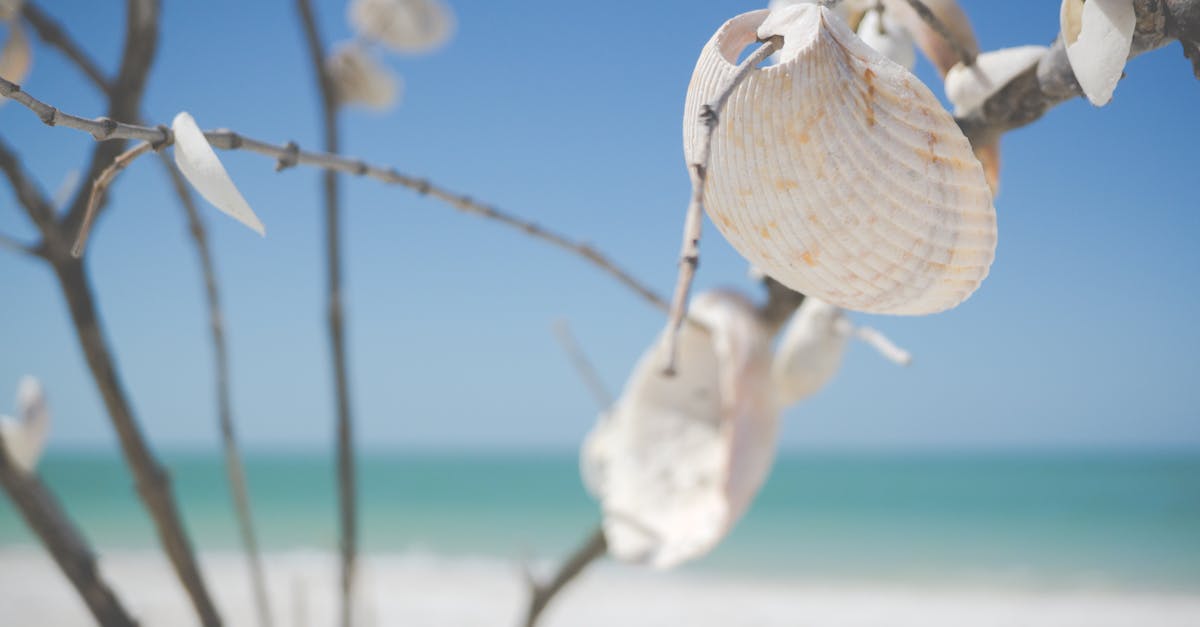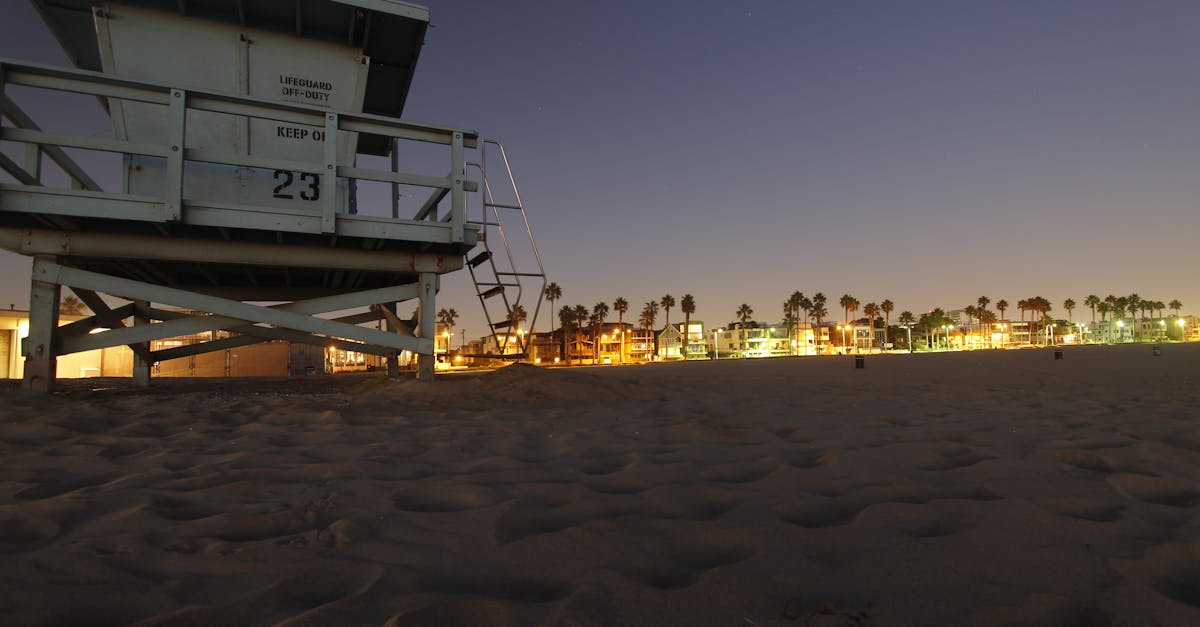When hitting the sandy shores of Florida, beach safety is paramount.
Our guide delves into the essentials of staying safe while enjoying the sun, surf, and sand.
From rip currents to jellyfish stings, we’ve got you covered with expert tips and advice.
Discover the importance of first aid stations scattered along the coastline and how they serve as crucial lifelines in times of need.
Let’s navigate the waters of beach safety together and ensure a worry-free experience under the Florida sun.
Key Takeaways
- Understanding beach hazards like rip currents and jellyfish stings is crucial for staying safe while enjoying Florida beaches.
- First aid stations along the coastline serve as important resources, providing essential medical assistance during emergencies.
- Identifying rip currents and following lifeguard instructions can help prevent accidents in the water.
- When dealing with jellyfish stings, rinsing the affected area with vinegar and seeking help at a first aid station can prevent complications.
- First aid stations offer basic medical care, guidance on beach safety, and can coordinate with emergency services for more serious situations.
- Knowing the location of the nearest first aid station is vital for a worry-free and safe beach experience in Florida.

Understanding Beach Hazards
When hitting the beach in Florida, it’s crucial to be aware of potential hazards to ensure a safe experience for everyone. Rip currents are fast-flowing currents that can pull swimmers away from the shore, so it’s essential to swim parallel to the beach to escape their grasp. Watch out for jellyfish, as their stings can be painful – be cautious, and seek assistance if stung. Understanding these hazards will help us stay safe and enjoy our time on the beautiful Florida coast.
It’s helpful to know that the presence of first aid stations along the coastline acts as a safety net in case of emergencies. These stations provide essential medical assistance and support to beachgoers, making them invaluable resources for any unexpected incidents. By familiarizing ourselves with these beach hazards and the support available, we can relax and make the most of our beach day knowing we are prepared for any situation.
For more information on beach safety tips and recognizing common hazards, visit the Florida Department of Environmental Protection.
Identifying Rip Currents
When at Florida beaches, it’s important to be aware of rip currents. These powerful currents can pull swimmers away from the shore. Signs of a rip current include a channel of churning, choppy water and a noticeable difference in water color. If caught in one, swim parallel to the shoreline to escape its pull.
Look for warning flags and signs on the beach to identify areas with rip currents, and always follow lifeguard instructions. Understanding rip currents can help us stay safe while enjoying the beautiful beaches in Florida.
For more information on rip currents and beach safety, visit the Florida Department of Environmental Protection website.

Dealing with Jellyfish Stings
Jellyfish stings can happen while enjoying the Florida beaches. If stung, rinse the affected area with vinegar to help neutralize the venom. Avoid pouring freshwater on the sting as it can worsen the pain. Do not rub the area or apply ice. Instead, carefully remove tentacles with tweezers. If there’s intense pain or a severe reaction, seek help at a first aid station on the beach. Remember, it’s crucial to know how to react to jellyfish stings to prevent complications.
When dealing with jellyfish stings, having basic knowledge about first aid can make a difference. Stay informed and follow official guidelines to ensure a safe beach experience. For more information on jellyfish stings and first aid tips, visit the Florida Department of Health website for expert advice.
Importance of First Aid Stations
When enjoying the beaches in Florida, it’s essential to have access to first aid stations. These stations are strategically located along the coast to provide immediate assistance in case of emergencies.
At a first aid station, you can receive basic medical care for minor injuries, assistance with jellyfish stings, and guidance on beach hazards. The trained staff can offer valuable advice on staying safe and preventing accidents.
Plus to basic first aid, these stations are equipped to handle more serious situations and can coordinate with emergency services if needed. Knowing where the nearest first aid station is located can make a significant difference in ensuring a pleasant and safe beach experience.
For more information on beach safety and first aid stations in Florida, visit the Florida Department of Health website.

How First Aid Stations Can Help
When it comes to beach safety in Florida, first aid stations are our go-to buddies. These stations are there to offer a helping hand in times of need. From treating jellyfish stings to providing assistance for minor scrapes and cuts, they’ve got us covered. Trained staff at these stations ensure we receive proper care promptly, giving us peace of mind during our beach days.
- Basic medical care for minor injuries
- Guidance on beach safety and prevention tips
- Coordination with emergency services in more serious situations
Remember, knowing the location of the nearest first aid station is essential for a safe and enjoyable beach experience in Florida.
For more information on beach safety and first aid stations, visit the Florida Department of Health website.
